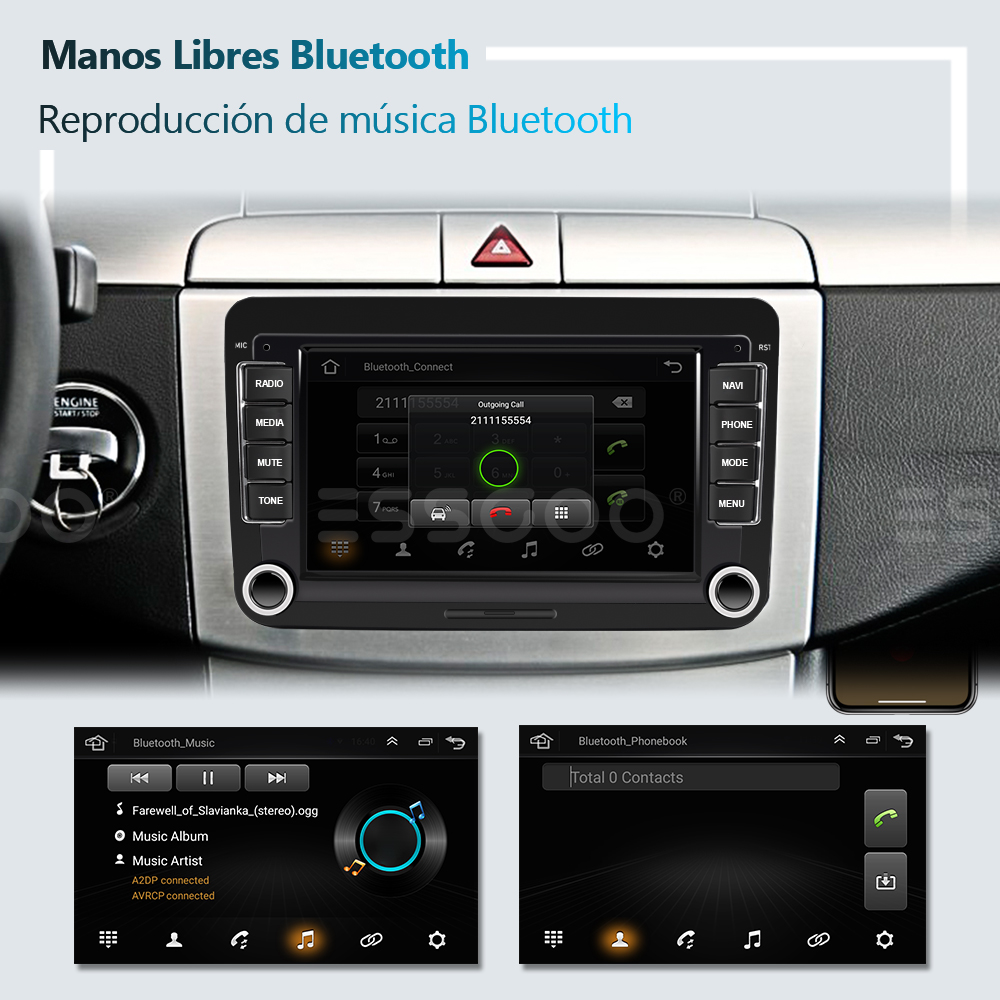

To keep it on the winning course, the new generation, codenamed Type 6N, offered a wide range of options. In such a world, even the small and cheap cars hand to offer more than just being plain and reliable. Unlike the previous decade, the 90s were an age of growth and prosperity in Europe. Not only was it dated, but it didn’t align with upcoming trends. Third generation (1994-2002)ĭespite selling in great numbers and even postponing the new generation for two years, the old Polo was ready for retirement. With a help of a mid-run facelift that gave it a fresh look, the second generation Polo remained in production for stunning 13 years. Despite its boxy shape and scarce equipment, it still kept a high seller status among buyers. With economical engines, spacious interior and simple design, it was the embodiment of form that follows the function. The second generation, introduced in 1981, followed the basic recipe set by the first Polo. Together with other similar cars, Polo was perfect for such an environment, making it an instant hit. High gasoline prices and overall fuel shortages placed fuel efficiency high up the list of priorities among car buyers.

By the end of the 70s, oil crisis reached the shores of Europe. However, it was a different event that coined the faith of this little car.

Initial reactions were positive, as buyers recognized upsides of the newly introduced model. With a lower price, this stripped version aimed at the budget car market. It was only a few weeks after VW revealed Polo, which was their iteration of Audi 50. However, as financial difficulties pushed this manufacturer under Audi’s command, this project soon became known as Audi 50. With lightweight chassis, clear body design and every-day practicality, this innovative car had the makings of a future hit. Several years back, a german car and bike manufacturer called NSU was developing a small car. Unlike Golf, a car built by VW designers as a logical addition to their model lineup, Polo was one of the first examples of badge engineering. Although many sees it as Golf’s smaller brother, this super-mini car started his life from different roots. The story of Polo, one of VW’s longest and best-selling models with over 15 million cars made worldwide, dates back to the 70s.


 0 kommentar(er)
0 kommentar(er)
